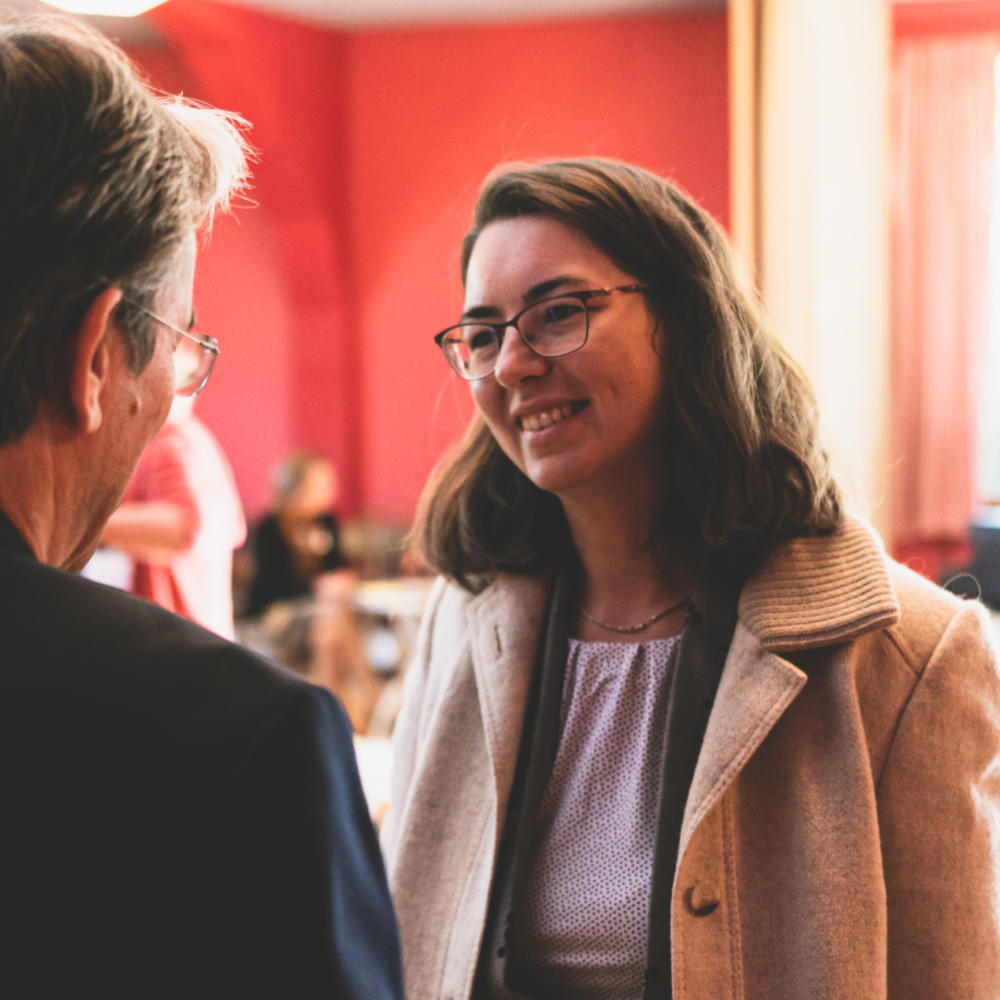Living and working communities in Germany
by Ioana Viscrianu
Description and developments
Since July 2021, the Youth Section at the Goetheanum leads an ongoing participatory research project together with three living and working communities with focus on adults with special needs. The three communities, Altenschlirf, Münzinghof and Sassen-Richthof, who exist since several decades, focus on the social therapeutical impulse connected to the Camphill Movement. Moreover there have been developed other forms of living out of the individual needs of the people living there, like private apartments or small shared houses. Aspects of participation are realized in the form of intentional communities, the foundation of which rests on an anthroposophical view: "A school community, a kindergarten or a living community for adults as a community impulse give the space for their actual purpose: that individual people can develop in an individual way"
Altenschlirf, Münzinghof and Sassen-Richthof have been conferring in the context of regular collegial meetings since some years about the foundations of socio-therapeutic work in the context of living and working communities and the possibilities of developing the shapes and structures of work on the issues that are currently relevant. In this space and becoming concrete in the dialogue with the Youth Section at the Goetheanum, two main issues led to the initiative of the three village communities to initiate such a project.
One of the intentions was to reflect upon the concrete work and living aspects of the communities. The question of understanding and describing the interrelationships in shaping social reality comes to the fore. A framing that is determined by the meaning and significance that people give to their manifold biographical experiences. This purpose and wish of describing the essence of the living and working together in the context of a community out of the voices of the people shaping the reality of these places, brought the project to the Youth Section, as the grounds of this question are related to the methodologies carried out by the Youth Section within the youth-lead research initiative (Re-)search (2017-2021). The attempt of the project within the three communities was to describe the reality of working and living together, as well as the sources of this work (in terms of qualities). A second focus was to pictures possibilities of development for the future. In reaching both goals, the research team attempted through specific formats of research (as individual interviews, focus groups, participatory observation) to give a voice to the people with and without special needs, living and working in these three communities. These voices create the narrative of a living community. This approach leads to the grounding questions of the existence of the human being, as “What is work?”, “What is life?”, “What is the meaning of our actions on Earth” as well as to individual questions: “How do I want to live and work?”, “What does the world of today need and what can my contribution be within this context?”
A further goal of the project was arising out of the societal developments of today and the urgent questions we have as humanity regarding the possibilities of participation of each individual in shaping the reality of the society. Though expected raising of well-being and equality through the advancements the humanity have went through and realized at many levels (technological, in the realm of communication, etc.), the present developments in the world show raising marginalization, isolation and raising hostility towards others with different opinions, view upon the reality and even different skin color or cultural background. Moreover, the voices of the so called “minorities” (which are in most cases majorities) are still not being represented in the decision-making processes about themselves on a political level. The law systems (also in the social field) create regulations which have to be applied. In this context, the three communities brought up the question of researching the aspects of inclusion and participation withing this form of living and working together. A critical analysis on this theme should be the focus of the second goal of the research project.
At the moment, after two intensive visits of the communities in October 2021 and March 2022, the research team focuses on the analysis and creating a results script. Moreover, the Youth Section’s research team fosters on the base of a regular dialogue with representatives of the three communities these questions, which answers will flow into a publication at the beginning of the year 2023.
In the following months different on specific themes of the project will be published.

